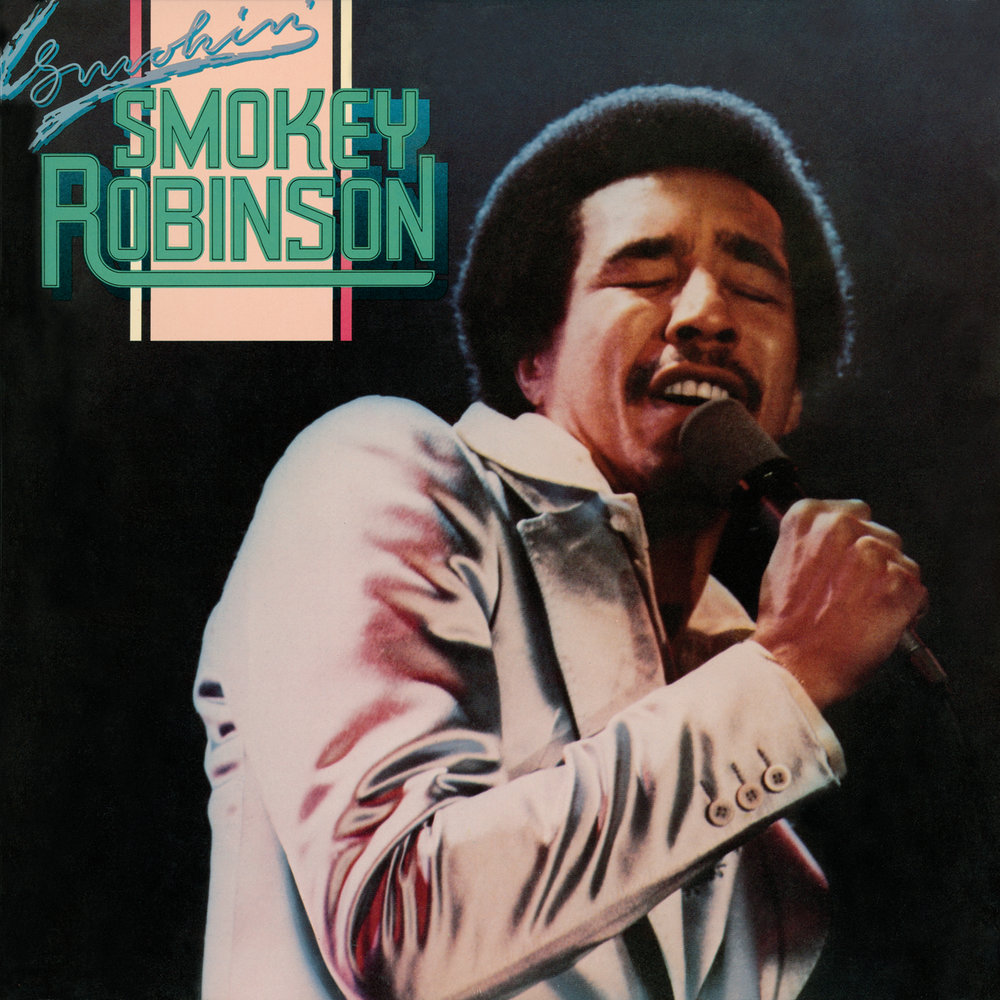
Smokey Robinson: The Timeless Groove of “Cruisin'”
When Smokey Robinson released “Cruisin'” in 1979, it became one of his most memorable and enduring solo hits. This smooth, sensual track was a departure from the Motown sound he had pioneered with The Miracles in the 1960s, offering instead a laid-back, soulful vibe that resonated with listeners on a deep, emotional level. “Cruisin'” soared to No. 4 on the Billboard Hot 100 and topped the R&B charts, solidifying Robinson’s status as a solo artist who could captivate audiences just as effectively as he had with his group.
“Cruisin’” is a song that encapsulates the essence of a perfect romantic moment. It’s a musical invitation to slow down, savor the moment, and enjoy the ride—both literally and metaphorically. The song’s lyrics are deceptively simple, yet they capture the intimacy of being alone with someone special, with nothing more to do than enjoy each other’s company. When Robinson sings, “I love it when we’re cruisin’ together,” it’s impossible not to feel the warmth and affection in his voice, making it one of the most romantic lines in his entire catalog.
Musically, “Cruisin'” is a masterpiece of subtlety and sophistication. The arrangement is lush but not overpowering, with a steady, easygoing groove that mirrors the relaxed pace of a leisurely drive. The rhythm section lays down a smooth foundation, while the guitar work adds a touch of lightness that complements Robinson’s velvety vocals perfectly. The use of strings adds a layer of elegance to the track, giving it a timeless quality that has helped it endure for decades.
One of the most striking features of “Cruisin'” is its timelessness. Despite being over four decades old, the song still feels fresh and relevant today. Part of this is due to the universal appeal of its theme—love and romance are topics that never go out of style—but it’s also a testament to Robinson’s incredible talent as a songwriter and performer. His voice, with its unmistakable falsetto, is as captivating now as it was when the song was first released.
At the time of its release, “Cruisin'” was a commercial success, appealing to both older fans of Robinson’s work with The Miracles and younger listeners who were discovering his music for the first time. The song’s crossover appeal helped it achieve chart success not only in the R&B genre but also in the broader pop market. It became one of Robinson’s signature songs, a staple in his live performances, and a favorite for slow dances and romantic evenings.
The song’s success was not limited to the charts. Over the years, “Cruisin'” has been featured in numerous films, television shows, and commercials, further cementing its place in popular culture. The track’s enduring popularity speaks to its ability to evoke a specific mood and feeling—one of relaxation, love, and connection. Whether it’s played in the background at a dinner party or listened to on a long drive, “Cruisin'” has a way of bringing people together, much like the romantic drives it celebrates.
Lyrically, “Cruisin'” is a masterclass in simplicity. Robinson doesn’t need to use elaborate metaphors or complex wordplay to convey his message. Instead, he relies on straightforward, heartfelt language that speaks directly to the listener. The repetition of the word “cruisin'” throughout the song creates a hypnotic effect, drawing the listener into the easy, carefree atmosphere that Robinson is describing. It’s a perfect example of how less can often be more in songwriting.
In conclusion, “Cruisin'” by Smokey Robinson is more than just a song—it’s an experience. It’s a journey through the emotions of love and connection, set to one of the smoothest grooves ever recorded. Its success on the charts and its lasting impact on popular culture are a testament to Robinson’s genius as a songwriter and performer. Even after all these years, “Cruisin'” remains a go-to track for anyone looking to set the mood for a romantic evening or simply enjoy a moment of pure musical bliss.